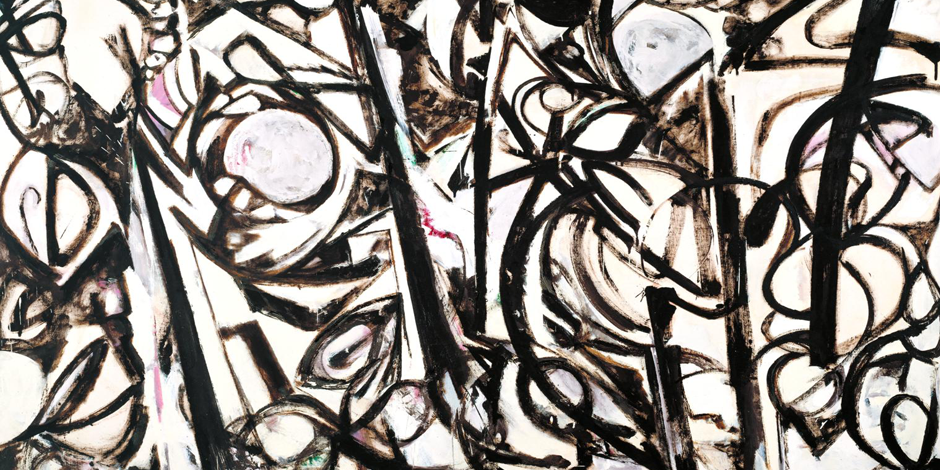This statement pertains to the role of color in the art movement of Abstract Expressionism. Abstract Expressionism emerged in the United States in the post-World War II era and is characterized by its emphasis on spontaneous, gestural brushwork and its rejection of representational art. Color played a crucial role in Abstract Expressionism, as artists of this movement used it to convey emotions and express the inner psyche.
In Abstract Expressionism, color was not just used to depict an object or subject, but rather as a means of conveying emotion and feeling. Artists used color to create a sense of movement, depth, and texture, often applying paint in thick, layered brushstrokes. The use of color was also closely tied to the idea of the subconscious and the exploration of the artist’s inner psyche.
Some well-known Abstract Expressionist painters who used color to great effect in their works include Mark Rothko, Barnett Newman, and Clyfford Still. Through their use of color, these artists were able to create powerful, emotional works of art that continue to captivate and inspire viewers today.
Color in Abstract Expressionism

Some additional information on the importance of color in Abstract Expressionism:
Color as expression: In Abstract Expressionism, color was seen as a means of expressing the artist’s inner emotions and psyche. The use of color was not just about creating a pleasing composition, but rather about evoking an emotional response from the viewer. Artists often used color to convey a sense of energy, tension, or calmness.
Color as a form of communication: Abstract Expressionist painters saw color as a form of communication that could transcend language barriers. They believed that color had the power to convey emotions and ideas in a universal way, allowing for a direct connection between the artist and the viewer.
Powerful and evocative works of art

Color as a tool for experimentation: Many Abstract Expressionist artists experimented with color, using it in unconventional ways to create new and unexpected effects. For example, Mark Rothko used large, abstract fields of color to create a sense of depth and transcendence, while Barnett Newman used thin, vertical stripes of color to create a sense of scale and monumentality.
Color as a reflection of the times: The use of color in Abstract Expressionism was also influenced by the social and political climate of the time. Many artists of this movement were responding to the trauma of World War II and the uncertainty of the Cold War era. Color was used to express feelings of anxiety, hope, and despair, reflecting the mood of the times.
Overall, the use of color in Abstract Expressionism was central to the movement’s emphasis on subjective, emotional expression and experimentation. Through their use of color, Abstract Expressionist artists were able to create powerful and evocative works of art that continue to resonate with viewers today.
More Similar Articles of the Author
What is Color Psychology in Art and Design?
What is the start of Color Psychology?
How have Modern Ideas Evolved on the Impact of Color on us?
How is Social Media Influenced by Colors?
Analyzing the Use of Contrast and Chiaroscuro by the Old Masters
What is the Significance of Primary Colors in Pop Art?
What is The Experience of Entering into the Digital Art World like?
What is the Relationship Between Impressionism and Pastels?
Viewing life in All Its Hues






 Content Writing
Content Writing Video Marketing
Video Marketing Graphic Design
Graphic Design Lead Magnet Creation
Lead Magnet Creation Content Marketing
Content Marketing